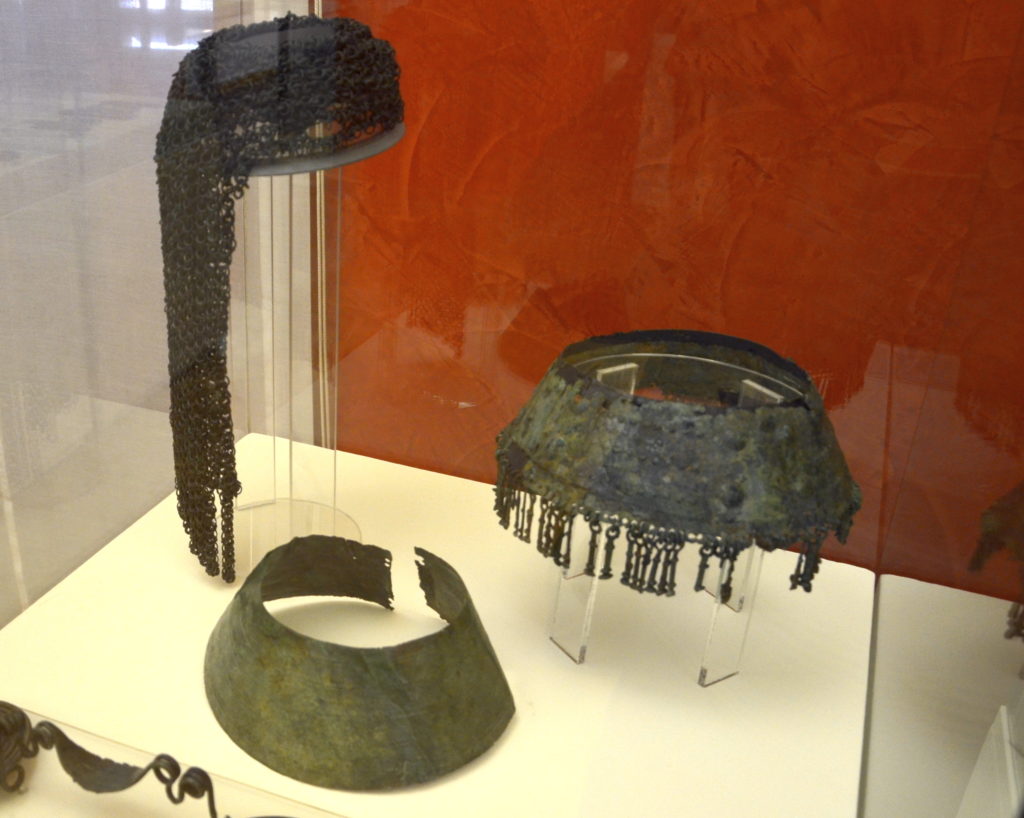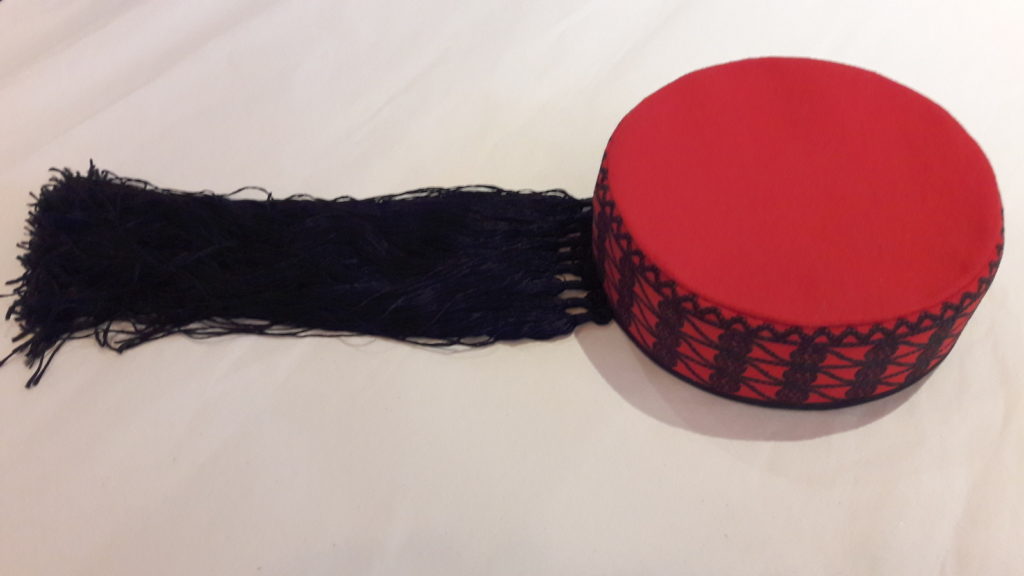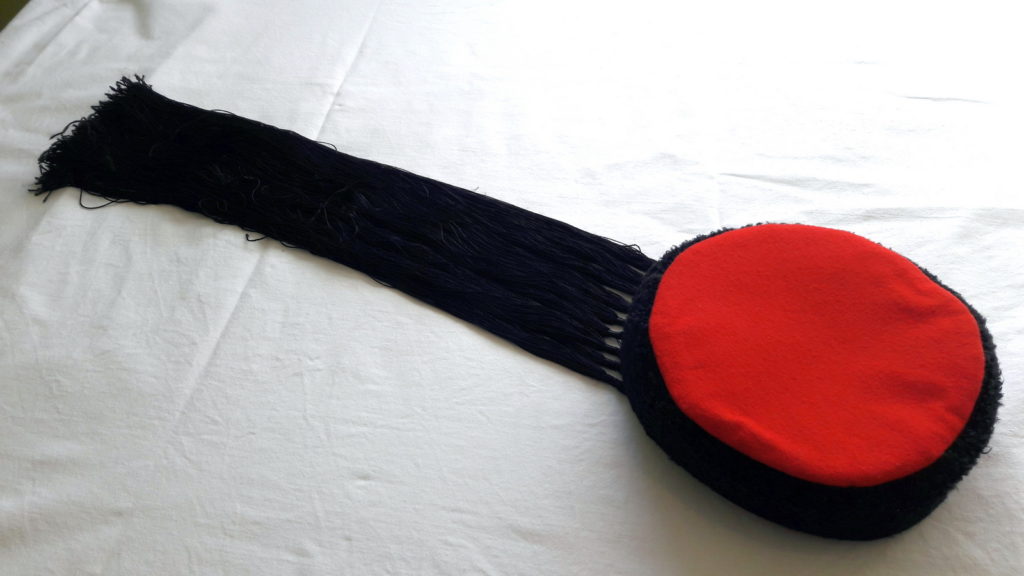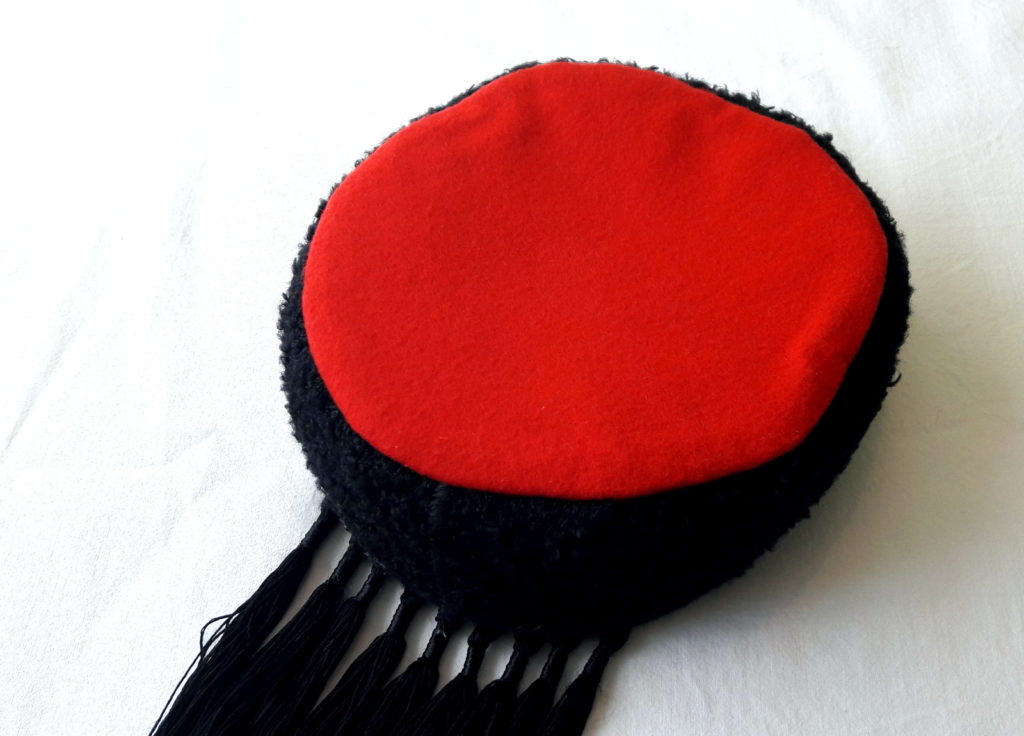The Lika cap, also known as crvenkapa (lit. “red cap”) is one of the recognisable symbols of Lika and its people. In the past men wore it every day, but today we rarely see it as part of everyday fashion; rather it is more likely you will spot it at a fair, usually worn by older people. The only ones who still use it are members of folklore ensembles, who wear the cap at their performances because it is part of the traditional costume of the Lika region.
From an ethnological point of view, the Lika cap belongs to the area of the Dinarides, which means that we can find different versions of this cap from Istria to Montenegro. Different climate areas all have their own details that make their cap different from others. There are various theories as to why the Lika cap looks the way it does, and it is difficult to say which one is correct because that entire area was characterised by a mixing of different peoples an cultures (Illyrians, Iapodes, Catholics, Orthodox Christians, etc.). Some theories suggest that it is simply a more modern version of the bronze cap worn by the Iapodes, because it is very similar to it.

The Lika cap has only two colours: red and black. Some assumptions suggest that this is because of the Battle of Krbava Field, with the colour red signifying bloodshed, and the colour black symbolising the mourning for all the dead. According to other interpretations, the colour red signifies blood and life. Nine black tassels hang from the cap, which can be longer or shorter. The longer ones go halfway down the wearer’s back, and the shorter ones reach the shoulders. Stories say that Catholics wear caps with shorter tassels, and Orthodox Christians wear those with longer tassels. Legend also has it that the tassels represent the tears of those who survived the Battle of Krbava Field.




